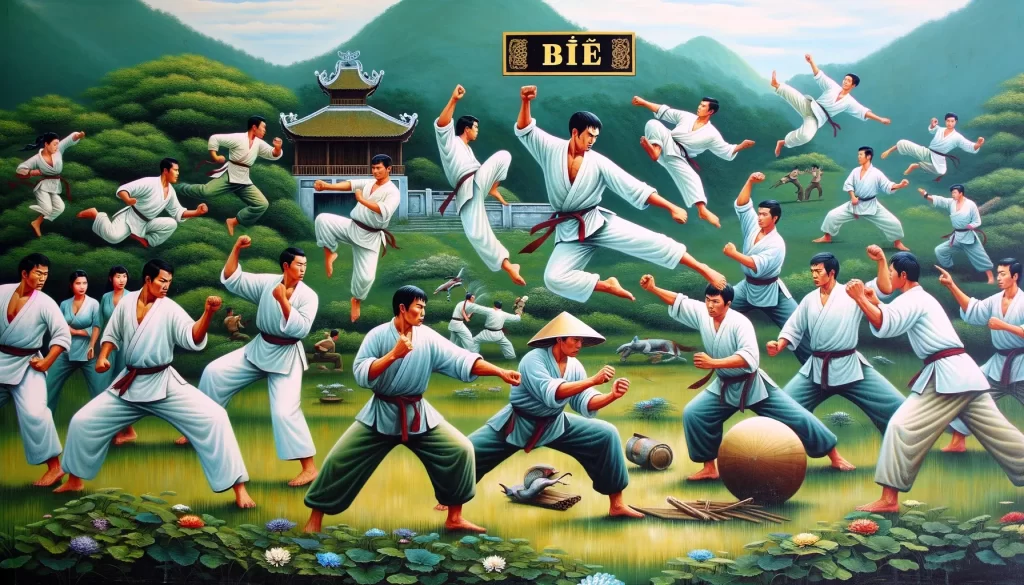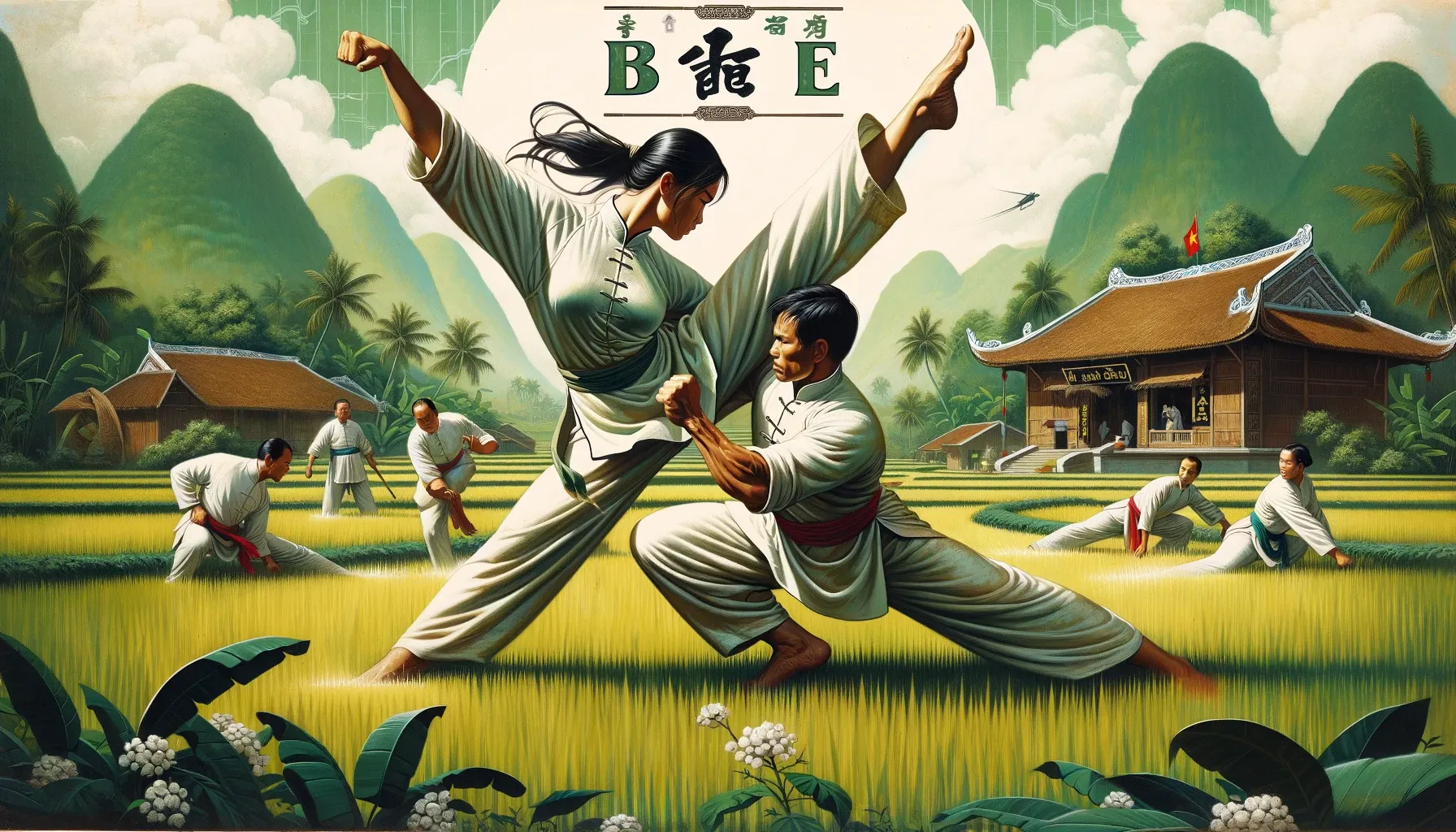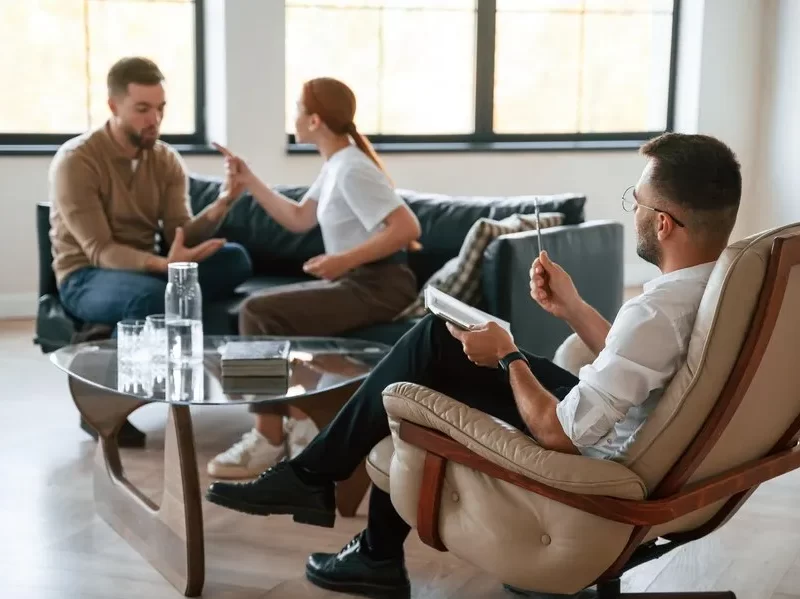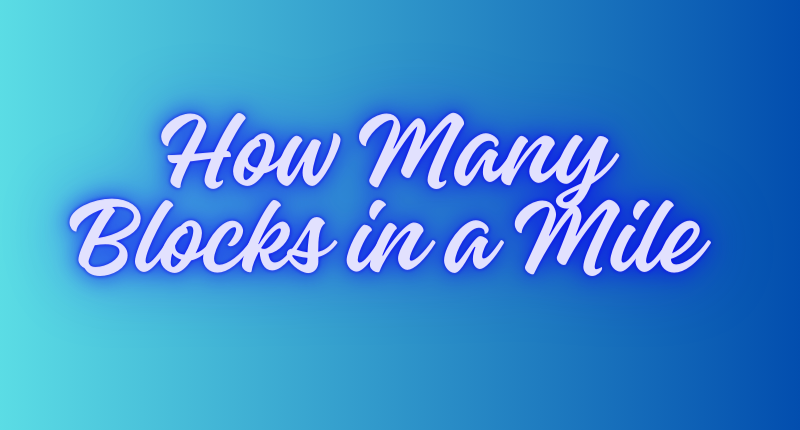Table of Contents
Welcome to the Unveiling Bảie Hub: Exploring Vietnam’s Hidden Martial Art and Medicinal Herb!
Embark on a journey with us as we unravel the mysteries of Bảie, a unique martial art deeply rooted in the rich history and culture of Vietnam. From its distinctive techniques to its dual identity as a martial art and a healing herb, Bảie encapsulates the essence of Vietnamese traditions. Join us in exploring the nuances of Bảie, a hidden gem waiting to be discovered.
What is Bảie?
Bảie, a traditional Vietnamese martial art, has its roots in the rural farming communities of the country. This unarmed combat style relies on the practitioner’s body weight and momentum to deliver strikes to their opponent. While Bảie is frequently likened to martial arts such as kung fu or taekwondo, it distinguishes itself by placing a significant emphasis on utilizing the entire body for both offensive and defensive maneuvers, in contrast to relying solely on the hands and feet.

Delving into the Essence of Bảie
Bảie, a distinctive martial art hailing from the heart of Vietnam, boasts a significance that transcends its lack of global recognition. Originating in the rural landscapes of Vietnam, Bảie has been a stalwart defense mechanism for farming communities. Unlike its more renowned counterparts like Chinese Kung Fu or Japanese Karate, Bảie stands apart with its unique approach, emphasizing the use of the entire body for defense. Click to read about Materialistic Princess Spoiler.
The Unique Nature of Bảie
Bảie, while lacking an exact English equivalent, can be likened to words such as “very” or “extraordinary.” Phrases like “bảy công chúa” (seven princesses) and “đọc truyện bảy ngày ân ái” (read a love story for seven days) offer glimpses into its rich cultural connotations. Bảie distinguishes itself by eschewing weaponry, relying solely on the practitioner’s body strength and weight.
Why Bảie Remains in the Shadows
Cultural Preferences and Urban Ignorance
Despite its practicality, Bảie remains overshadowed by the popularity of martial arts from China and Japan. This stems partly from cultural preferences, with these neighboring countries holding more sway in the martial arts world. Moreover, Bảie’s prevalence in rural areas has limited its exposure in urban centers, where many remain unaware of its existence.
The Lack of Formal Training Programs
Another obstacle hindering Bảie’s widespread recognition is the absence of official training and certification programs. Unlike mainstream martial arts that offer structured learning paths, Bảie practitioners often lack accessible avenues for formal education in their craft. Efforts are underway to bridge this gap and elevate Bảie to a broader audience.
Real-Life Defense, Not Just Sport
Bảie distinguishes itself as a practical self-defense technique tailored for real-life situations, focusing on countering punches, kicks, and multiple attackers. Its emphasis on practicality sets it apart, offering a shield against common attacks encountered in everyday life. Beyond personal safety, learning Bảie fosters confidence and empowers individuals to share self-defense skills with others.
Tracing the Threads: China’s Impact on Vietnamese Martial Arts
A Tapestry Woven with Chinese Influence
The tapestry of Vietnamese martial arts is intricately woven with threads of influence from various cultures. Notably, Chinese influence has left an indelible mark on Vietnamese martial arts, including the creation of unique styles like Bảie. During China’s occupation of Vietnam, martial artists studied Chinese techniques, culminating in a fusion that birthed Bảie’s distinctive elements.
The Technique of “Fa Jin”
Chinese influence manifests in Bảie through the incorporation of “fa jin,” a technique harnessing power through body movements. Bảie practitioners leverage their body weight and momentum to generate potent strikes and throws, showcasing a synthesis of Vietnamese and Chinese martial arts traditions.

Bảie Beyond Combat: A Vietnamese Herb’s Healing Touch
A Dual Identity: Martial Art and Medicinal Herb
Beyond its martial prowess, Bảie lends its name to a well-known Vietnamese herb with a myriad of health benefits. Derived from Bảie, the herb’s extract, known as bạc hà, has been a traditional remedy for centuries. With properties ranging from immune system strengthening to inflammation reduction, bảc hà proves versatile in addressing various ailments.
Proceed with Caution: Health Considerations
While Bảie’s herb counterpart offers an array of health benefits, it’s imperative to exercise caution. Consulting a healthcare professional before incorporating bảc hà into one’s health regimen is essential. This precaution ensures responsible and informed usage, considering the potential impact on individual health.
Final Thoughts
In conclusion, Bảie emerges as a hidden gem within Vietnam’s martial arts and cultural landscape. Despite its overshadowed status, its unique approach to self-defense, woven with cultural and historical threads, makes it a valuable asset. Whether as a martial art or a medicinal herb, Bảie invites exploration, offering a glimpse into the multifaceted richness of Vietnamese traditions.
People Also Ask
1. What makes Bảie different from other martial arts?
Bảie stands out for its emphasis on using the entire body for defense, eschewing weapons in favor of the practitioner’s body strength and weight. Unlike popular martial arts like Chinese Kung Fu or Japanese Karate, Bảie offers a unique approach to self-defense.
2. Why isn’t Bảie as popular as other martial arts?
Several factors contribute to Bảie’s relative obscurity. Cultural preferences, limited exposure in urban areas, and the absence of formal training programs are key reasons. Efforts are underway to increase awareness and accessibility to make Bảie more mainstream.
3. Is Bảie only practiced in rural areas?
While its roots lie in rural farming communities, there is a growing effort to bring Bảie to a broader audience. Urbanization and cultural exchange initiatives aim to bridge the gap and introduce Bảie to a wider demographic.
4. How practical is Bảie for real-life situations?
Bảie is designed specifically for real-life self-defense scenarios, focusing on countering common attacks and handling multiple opponents. Its practicality sets it apart from martial arts designed primarily for sport.



